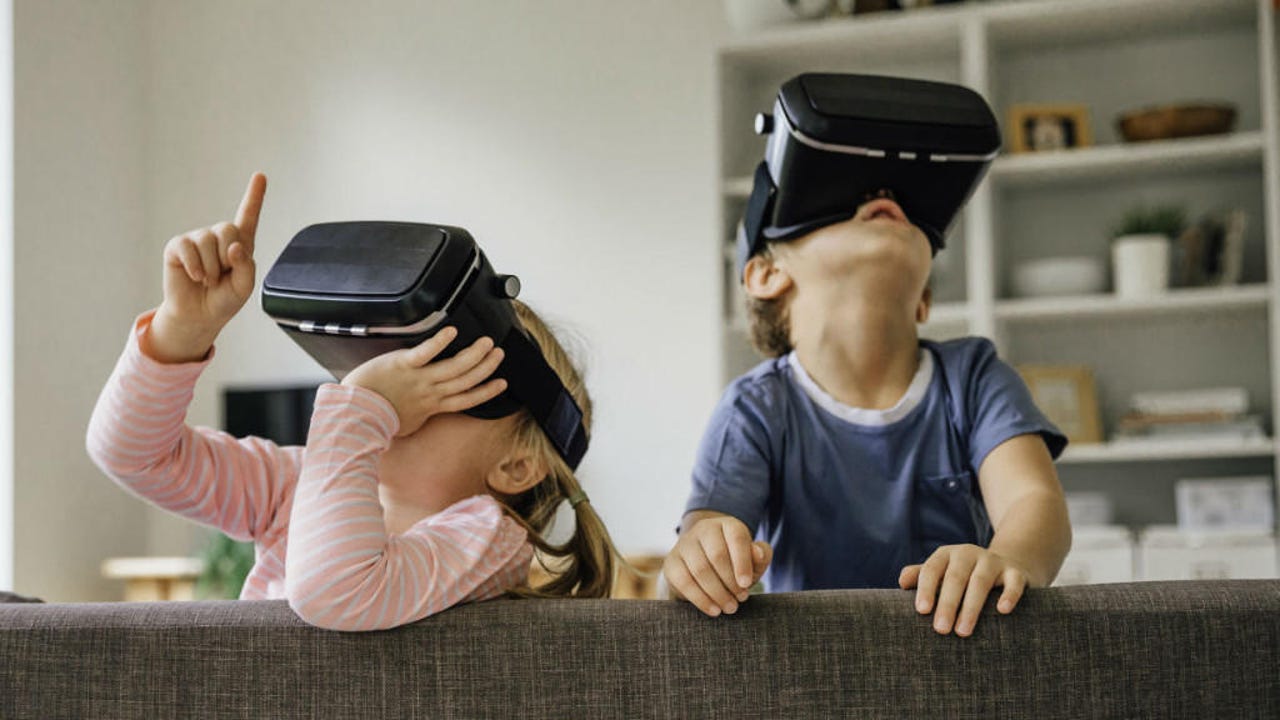Virtual reality as a treatment for ADHD?


Researchers at UC Davis are investigating whether virtual reality can be used to help kids with ADHD cope in the non-virtual world. If effective, the treatment could point the way to an alternative to medication.
"Our long-term goal is to develop interventions that are widely accessible," said Julie Schweitzer, professor in the Department of Psychiatry and Behavioral Sciences and a MIND Institute researcher. "If a parent could download an app to purchase the treatment, families in many places around the world could access it."
The CDC reports an estimated 5-10 percent of American children are diagnosed with ADHD. Over 50 percent of those are being treated with medication. Due to the high rate of diagnosis here and in countries like Iceland, which has the highest per capita rate of Ritalin consumption, words like "epidemic" are frequently used.
The UC Davis MIND Institute is testing virtual reality exposure therapy as a non-pharmaceutical treatment for distractibility in general, one of the hallmarks of ADHD. The study will include 50 children ages 8-12 who are highly distractible and not taking medication for ADHD.
It's ironic that technology is being tested to remediate distraction, given that screens are one of the primary drivers of distraction in the world today. But virtual reality has the benefit of offering immersive environments, those in which distractions can be precisely controlled and amplified or decreased during exposure therapies.
The idea is similar to the exposure therapies often used to help people with anxiety. Habituating a sufferer to triggering stimuli helps diminish innate responses.
For the UC Davis study, participants will wear a VR headset for 25-minute sessions as they're tested during attention-demanding tasks in a virtual classroom environment. Virtual distractions, such as class chatter or teachers walking by, are introduced to habituate the participants.
"Distractions are a frequent problem today, whether they're text messages alerting us while we're driving, pop-up ads on our computers at work or e-mail alerts coming across our phone when we're sitting in meetings," Schweitzer said. "We're hoping our findings will help others learn how to ignore distractions when they interfere with our health, learning and productivity."
VR headsets are an intriguing diagnostic and teaching tool as they offer the ability to track user responses on a subconscious level through metrics like eye and head movement. The pilot has been awarded $1 million from the National Institutes of Health.
A larger study involving hundreds of participants could follow.